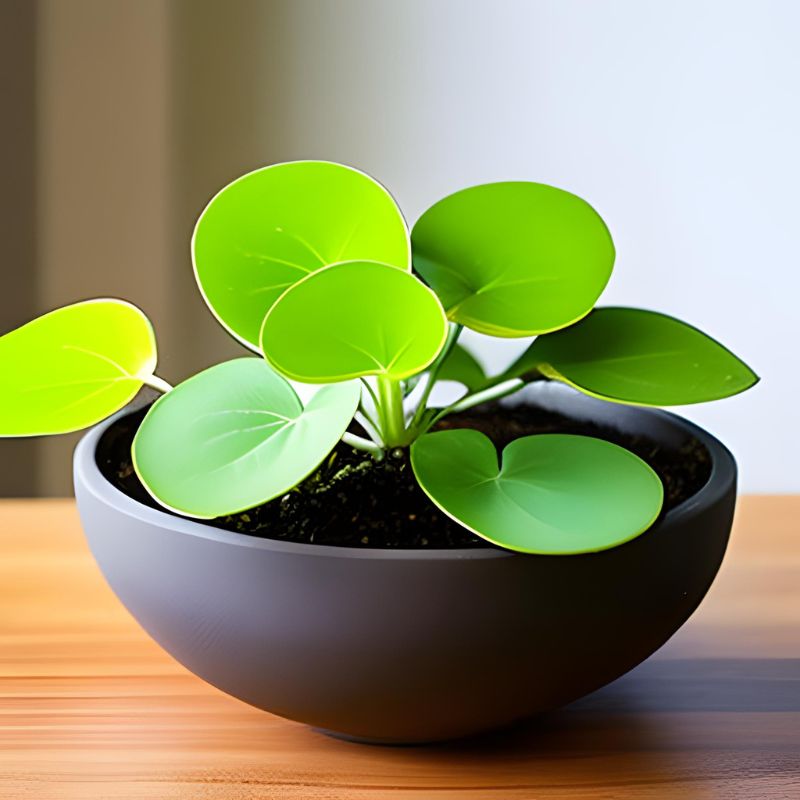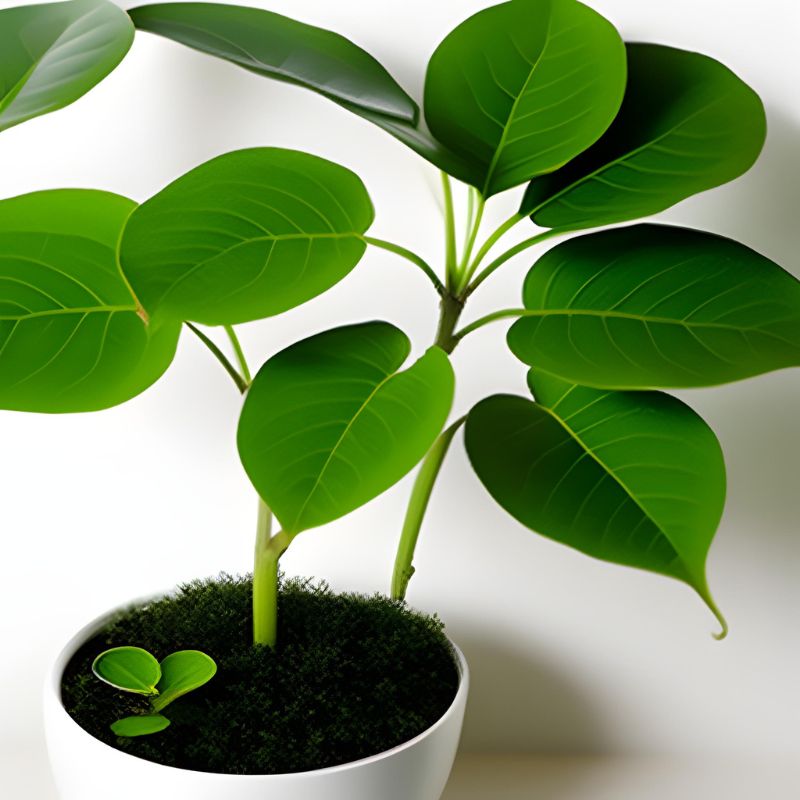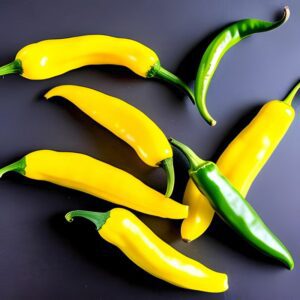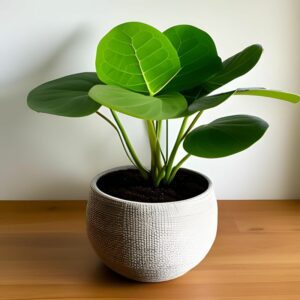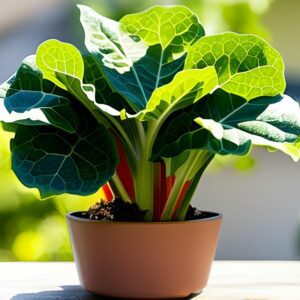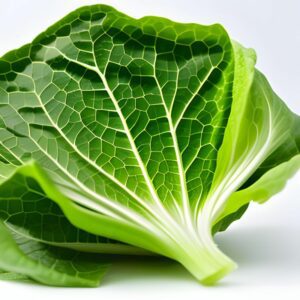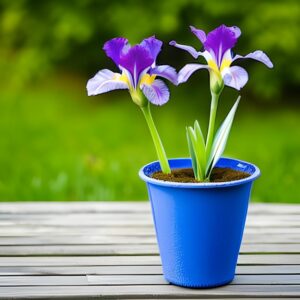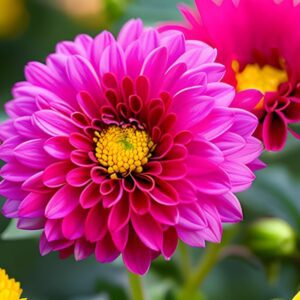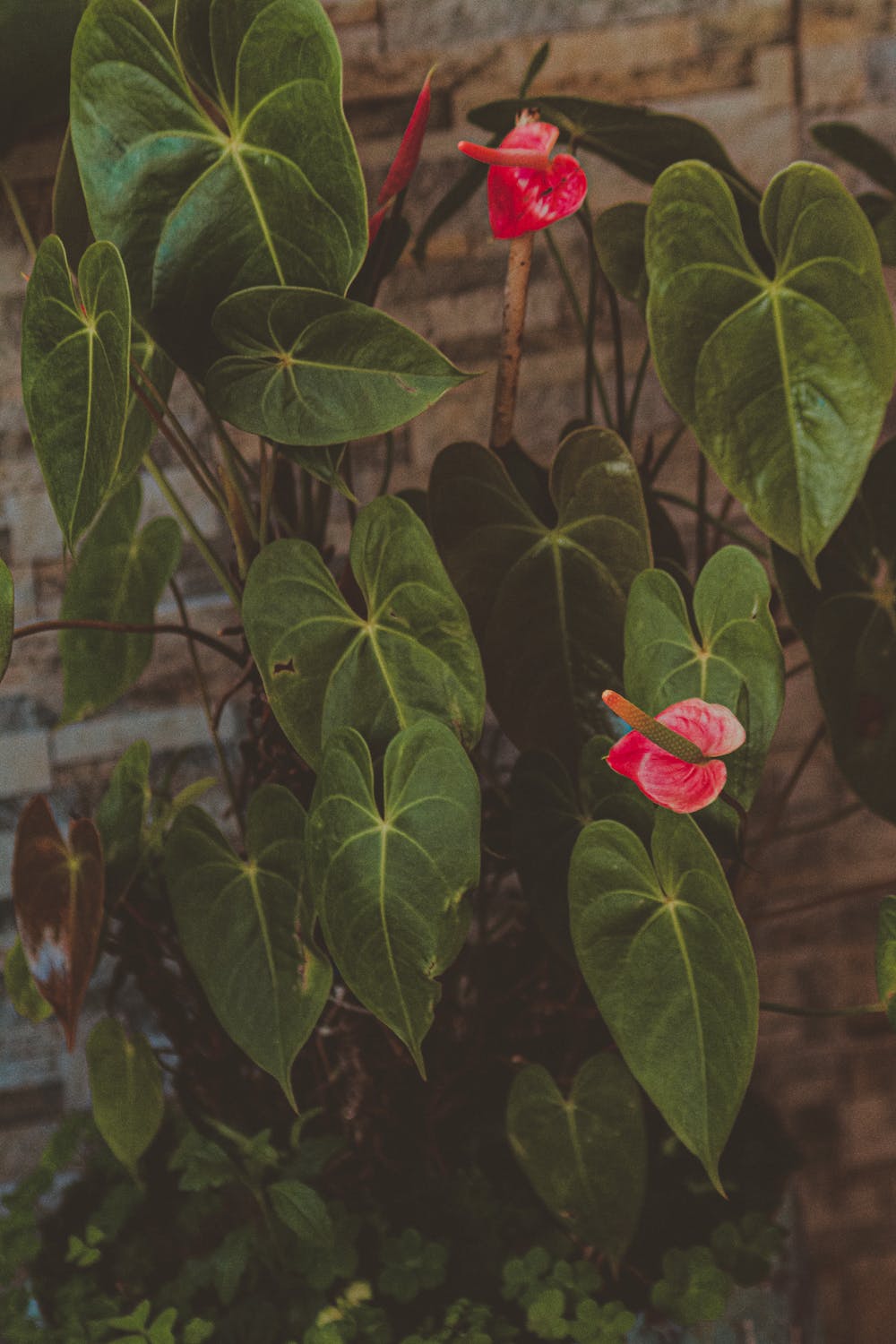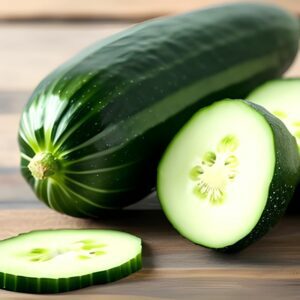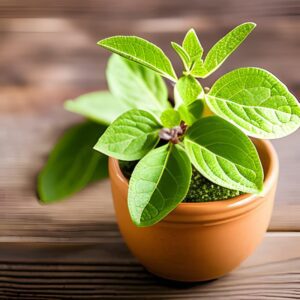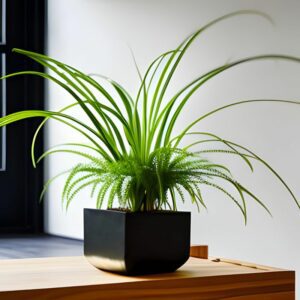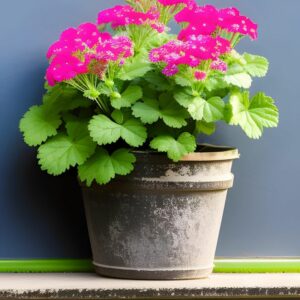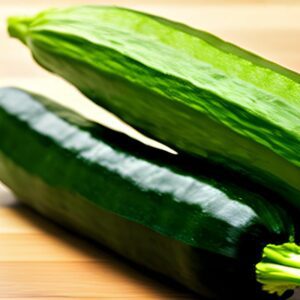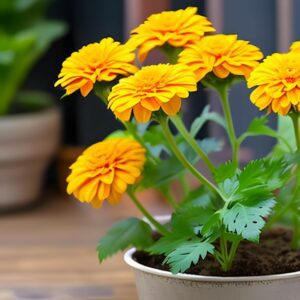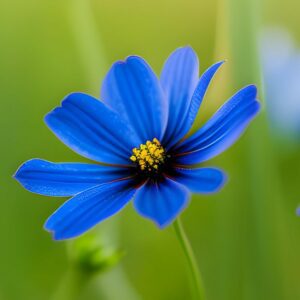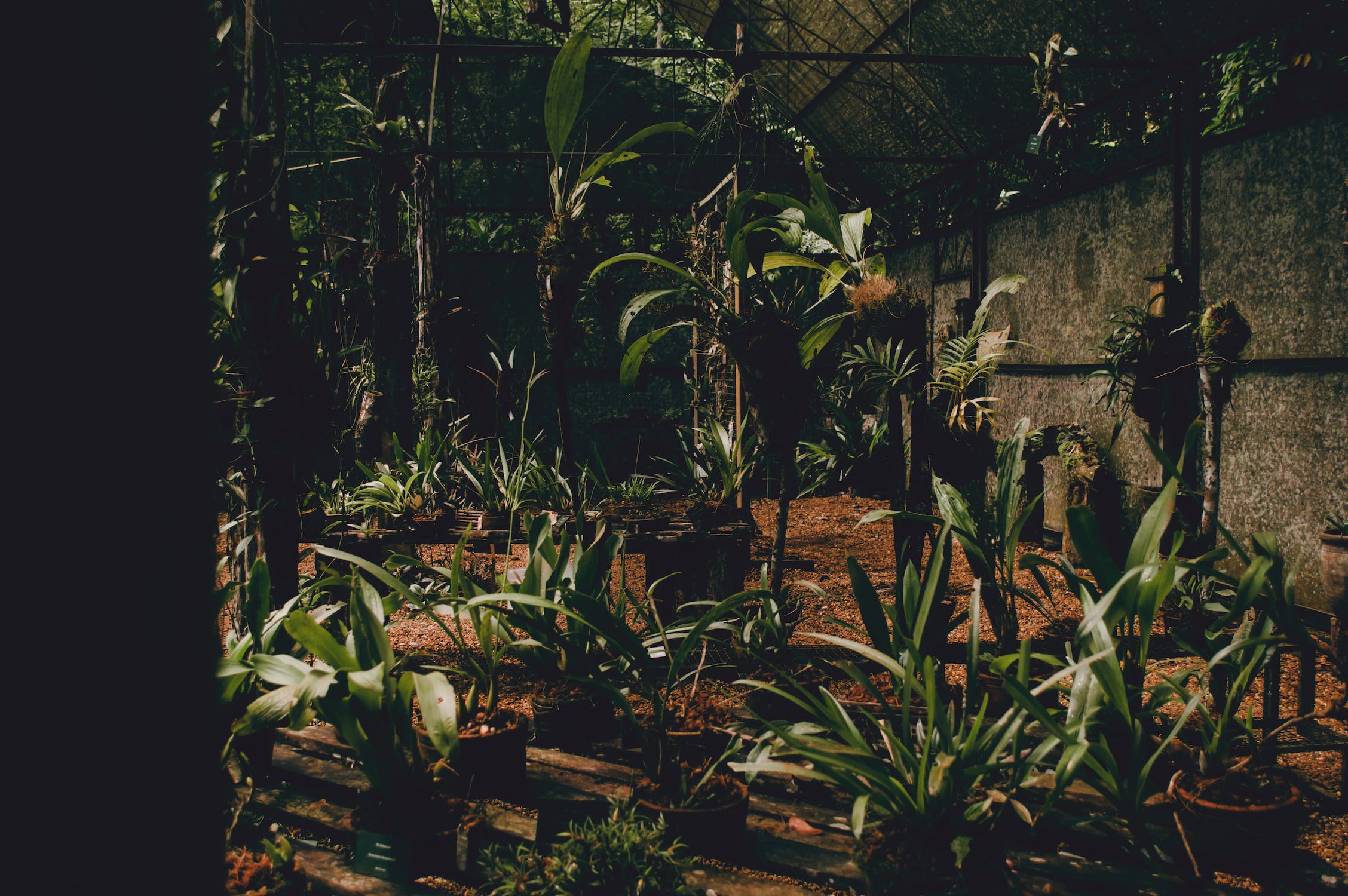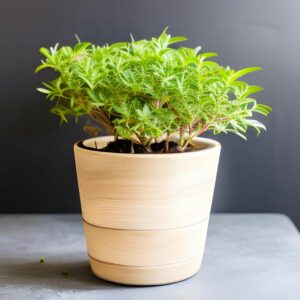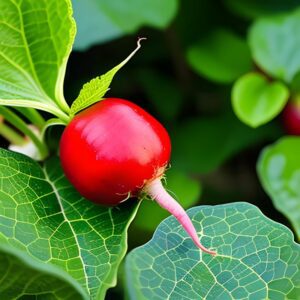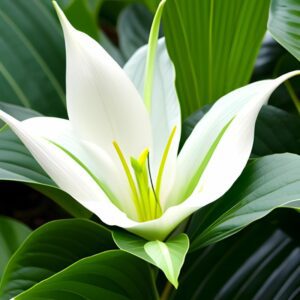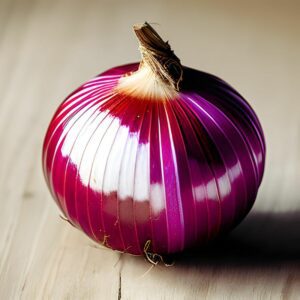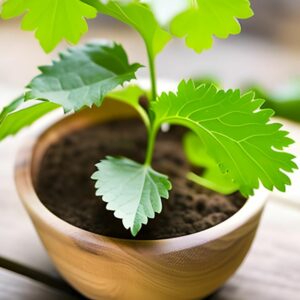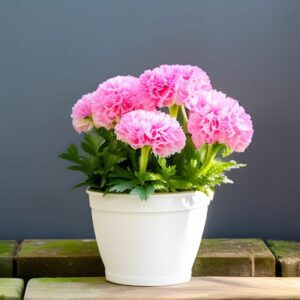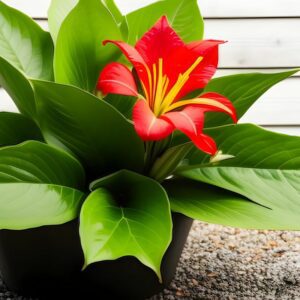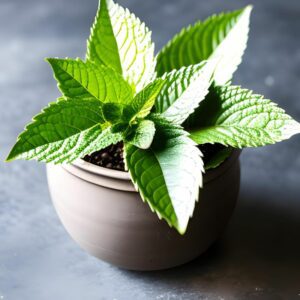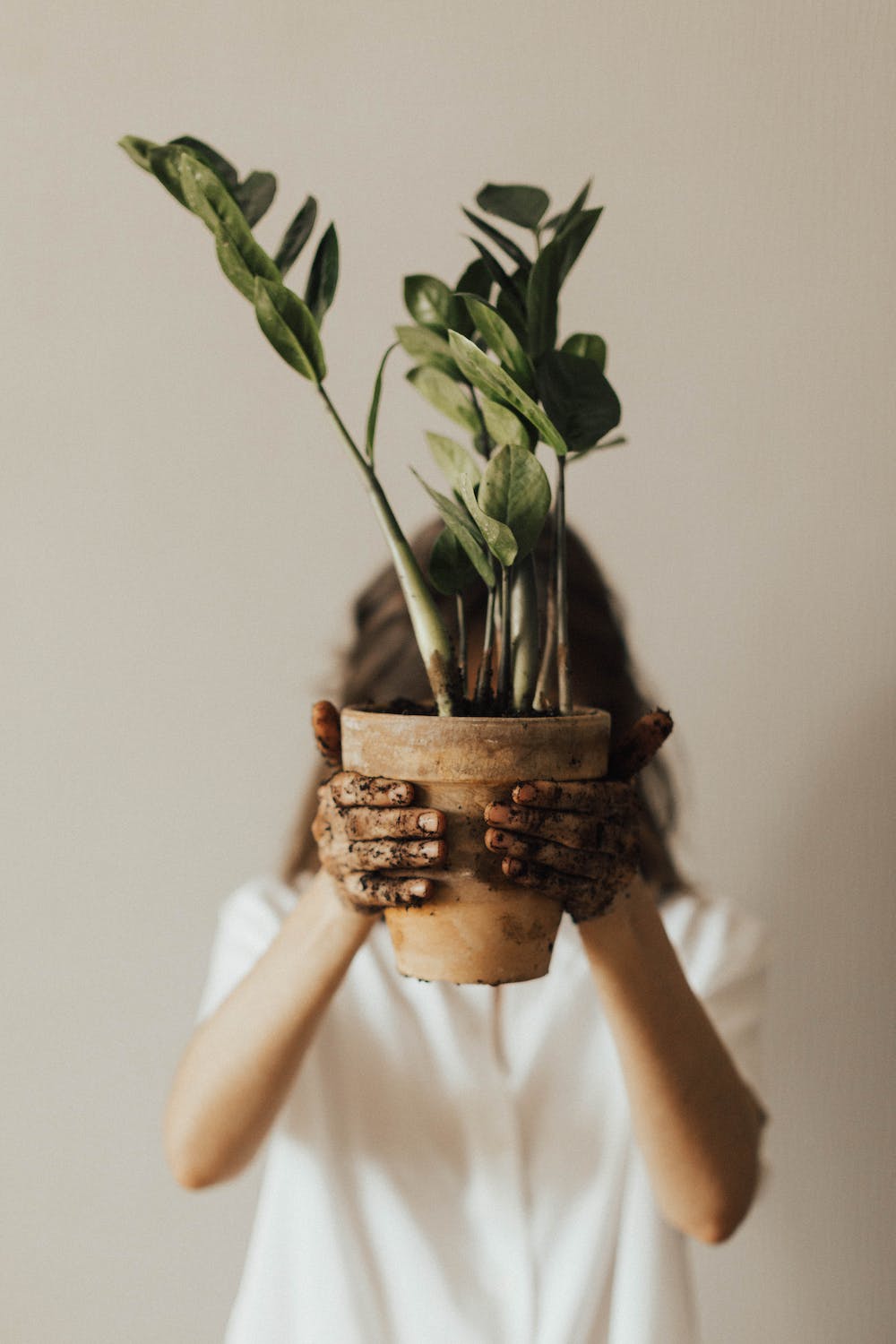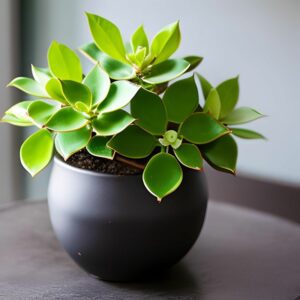Chinese Money Plant
House Plants
- Yunnan, China
- Easy
- 1-2 Years
Introduction
The Chinese Money Plant, also known as Pilea peperomioides, is a popular houseplant admired for its unique round leaves and ease of care. It originates from the Yunnan Province in China and has gained popularity worldwide.
Plant Characteristics
The Chinese Money Plant features round, coin-shaped leaves attached to long petioles. It has a compact growth habit and can reach a height of around 8-12 inches (20-30 cm).
Ideal Growing Conditions
Place the Chinese Money Plant in bright, indirect light. It thrives at temperatures between 65-75°F (18-24°C) and prefers moderate humidity. Well-draining soil is essential for its growth.
Planting Guide
Plant the Chinese Money Plant in a well-draining potting mix, burying the roots just below the soil surface. Provide sufficient spacing between plants, approximately 8-12 inches (20-30 cm) apart.
Watering and Fertilizing
Water the plant when the top inch (2.5 cm) of soil feels dry, ensuring not to overwater. Apply a balanced liquid fertilizer monthly during the growing season.
Pruning and Maintenance
Trim off any yellow or withered leaves to maintain the plant’s appearance. Rotate the plant occasionally to ensure even growth.
Harvesting or Flowering
The Chinese Money Plant is primarily grown for its attractive foliage, and flowering is rare indoors. No specific harvesting is required.
Post-Harvest Care
Not applicable, as harvesting is not necessary. However, continue providing proper care by watering and fertilizing as needed.
Troubleshooting
Avoid overwatering, as it can lead to root rot. If the leaves start to droop, it may be a sign of underwatering. Pests like spider mites can occasionally infest the plant; address them with insecticidal soap.
Fun Facts
The Chinese Money Plant is commonly referred to as the “money plant” due to a popular belief associated with it. According to this belief, the round, coin-shaped leaves of the plant are believed to resemble coins, symbolizing wealth and prosperity. As a result, the plant has gained a reputation as a symbol of good luck and financial fortune in some cultures.

